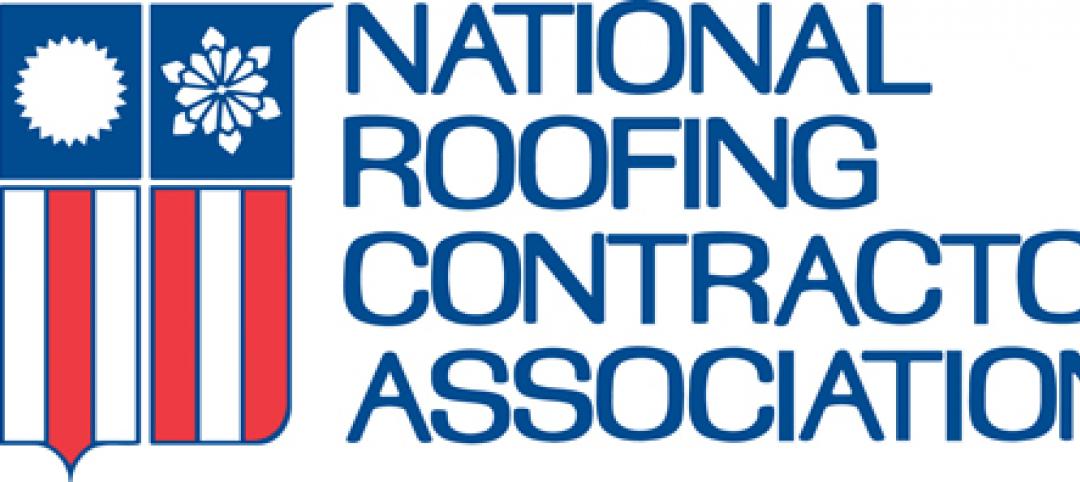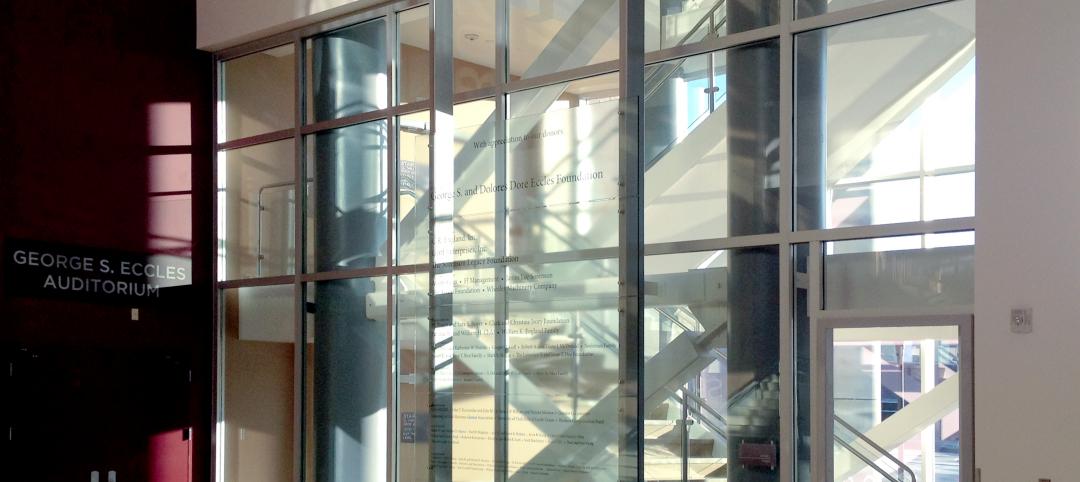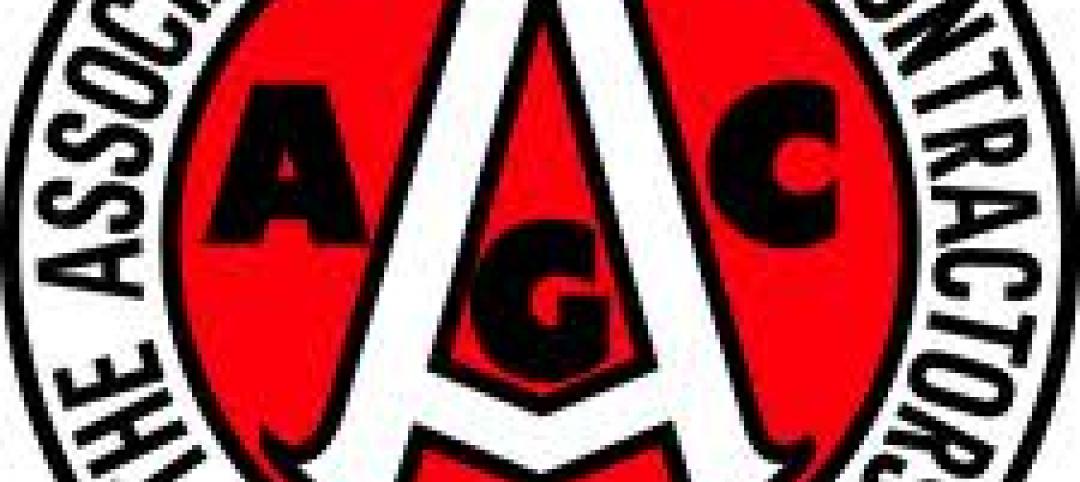New York State’s Labor Law Section 240, commonly known as the “Scaffold Law,” is often seen as the bane of the construction industry in the state. This law puts what is known as strict liability on contractors and owners for accidents involving elevation that occur at construction sites. This “strict” liability means that, if no adequate safety devices were made available for the worker, and the injury is a result of covered activity, the worker’s own conduct is not a defense against any lawsuit.
As recent rulings at the Appellate Division Courts in New York show, one of the biggest problems for owners and contractors is that, while liability under the law is strict, knowing when it will apply is often less so.
In the simplest terms, the scaffold law imposes liability on owners and contractors for injuries sustained by workers due to elevation related hazards, if they had failed to make adequate safety devices available. The statute lists both devices that should be provided, and tasks that are covered. Where it becomes difficult is in determining such things as whether the injured worker was performing a task covered by the statute, whether the injury was caused by a risk covered by the statute, whether the safety device provided was adequate, and whether the worker’s actions were the sole cause of the injury.
Owners and contractors need to be aware that the courts in New York will often seem to apply the law in an expansive manner, to determine that the injured worker’s activities or that the happening of the accident were such that are covered by the statute.
Recent Court Rulings on Section 240
In a recent case decided by the Second Appellate Department, an injured worked was found to be entitled to the protections of Labor Law 240 when he fell from an elevated platform while waiting for an elevator to take him to start work at a construction site due to a guardrail giving way. The court ruled that the statute required proper safety devices for workers to gain access to work site where there are elevation-related risks. In addition, it was determined that, as getting to and from the work area are necessary activities to perform the work in question, the fact that the accident happened while waiting for the elevator did not remove the protections of Section 240.
The First Department recently decided a case involving a worker who was injured when his leg went part-way into a hole that had been inadequately covered by plywood, while working below grade level. The Court held that he was still covered by the protections of Section 240(1), despite the location of the accident and his leg not falling all the way through.
It’s also important to remember that, in addition to providing the required safety equipment, the equipment provided must be adequate to the task. For example, the First Department recently granted summary judgment for a plaintiff who was injured when the ladder he was using slid on a concrete floor due to the ladder not having rubber feet. So, even though a safety device was provided to the worker, as it was not adequate to prevent his injury, liability under the law was found.
While the law requires proper safety devices to protect against elevation-related hazards, if the device itself causes the injury, it will be found to be an injury contemplated by the law. In a recent First Department case, the Court found in favor of a worker who claimed to have been injured when the jack he had been provided with in order to lift a steel beam fell on him. The Court found that it didn’t matter whether he was struck by the jack or by a beam falling from the jack, either way the jack failed to do what it was supposed to do.
Injured workers are also not required to show exactly how the accident happened, so long as the accident was one which was contemplated by the protections required under the statute. The First Department ruled in May that a worker who was struck by falling rebar was not required to show whether the rebar was dropped by a coworker or fell in some other manner. All that was important was that the rebar was material that should have been secured to prevent just such an occurrence.
Just providing safety equipment isn’t enough. You also need to make sure that the equipment you’ve provided is correct for the job at hand. The First Department affirmed summary judgment for a worker who was injured when a portion of the sidewalk bridge on which he was working collapsed. The worker had been provided with a safety harness, but he had testified that he couldn’t wear it while working on the bridge because the lifeline, which he had used while working on a scaffold at the site, couldn’t be used on the bridge. Therefore, it is incumbent to provide adequate safety devices to protect workers during any elevation-related tasks they might be performing at the job site.
The law requires proper safety devices for cleaning, but routine cleaning is not covered by this. But courts can find that what one side may consider to be routine maintenance, and therefore not subject to the requirements of Labor Law 240, is, in fact, a covered activity. For example, the Fourth Department held that a building maintenance worker who fell from a ladder while removing a bird’s nest was engaged in nonroutine cleaning, and therefore entitled to the protections of the law. This was, in part, because the task was one which was not part of his usual job duties
Conclusion
So, what can contractors and property owners take away from this? Unfortunately, it seems impossible to protect against any and all claims under Labor Law 240. The best course of action is to do what you can to ensure that adequate safety devices are provided whenever you have people working with elevation-related risks at your job sites. Liability under Labor Law 240 can only attach if no proper safety devices were provided.
About the Author
Andrew Koenig, Esq.
Associate Attorney | The Platta Law Firm, PLLC
Andrew has spent many years litigating construction accident cases, for both defense and plaintiff, most of which deal with Labor Law 240.
Related Stories
| Jul 19, 2012
NRCA: Roofing insulation performance, local climate keys to computing R-value
To minimize the loss of thermal resistance in design, the R-value of roof insulation should be computed based on the actual performance of the insulation material and the local climate, says the National Roofing Contractors Association.
| Jul 16, 2012
Business school goes for maximum vision, transparency, and safety with fire rated glass
Architects were able to create a 2-hour exit enclosure/stairwell that provided vision and maximum fire safety using fire rated glazing that seamlessly matched the look of other non-rated glazing systems.
| Jul 12, 2012
Federal budget chief to explain impact of pending defense cuts before Congress
Office of Management and Budget Director Jeffrey Zients is scheduled to testify before the House Armed Services Committee Aug. 1 to explain the possible effects of $500 billion in defense cuts on U.S. companies, including those in the design and construction industry.
| Jul 12, 2012
Pennsylvania legislature moves to prevent undocumented workers on public construction projects
Legislation to prevent undocumented workers from being hired by construction companies working on state-funded projects passed the Pennsylvania Legislature.
| Jul 12, 2012
New York’s One Bryant Park Bank of America tower is first new high-rise to achieve LEED Platinum
The new One Bryant Park Bank of America tower in midtown Manhattan is the first new commercial high-rise to achieve LEED Platinum certification.
| Jul 12, 2012
OSHA launches campaign to prevent heat illness
The Occupational Safety and Health Administration has launched its 2012 Heat Illness Prevention Campaign to educate employees and their employers about the hazards of working outdoors in heat, and how to prevent heat-related illnesses.
| Jul 12, 2012
Contractors have increasing concerns over new federal hiring quotas
A proposed rule by the U.S. Department of Labor's Office of Federal Contract Compliance Programs to increase disabled- and veteran-worker hiring quotas for federal contractors continues to raise deep concerns among contractors.
| Jul 5, 2012
Veterans Administration threatens to pull contract on new Orlando medical center
The Veterans Administration asked contractor Brasfield & Gorrie to get more workers on the job and figure out a way to get the job done faster, or the VA would pull the contract on the much-delayed Orlando VA Medical Center.
| Jul 5, 2012
Cost to contractors for new federal hiring quotas much higher than estimated, AGC says
Administration officials significantly underestimated the cost to construction employers of proposed new hiring quotas for federal contractors, according to analysis by the Associated General Contractors of America.
















